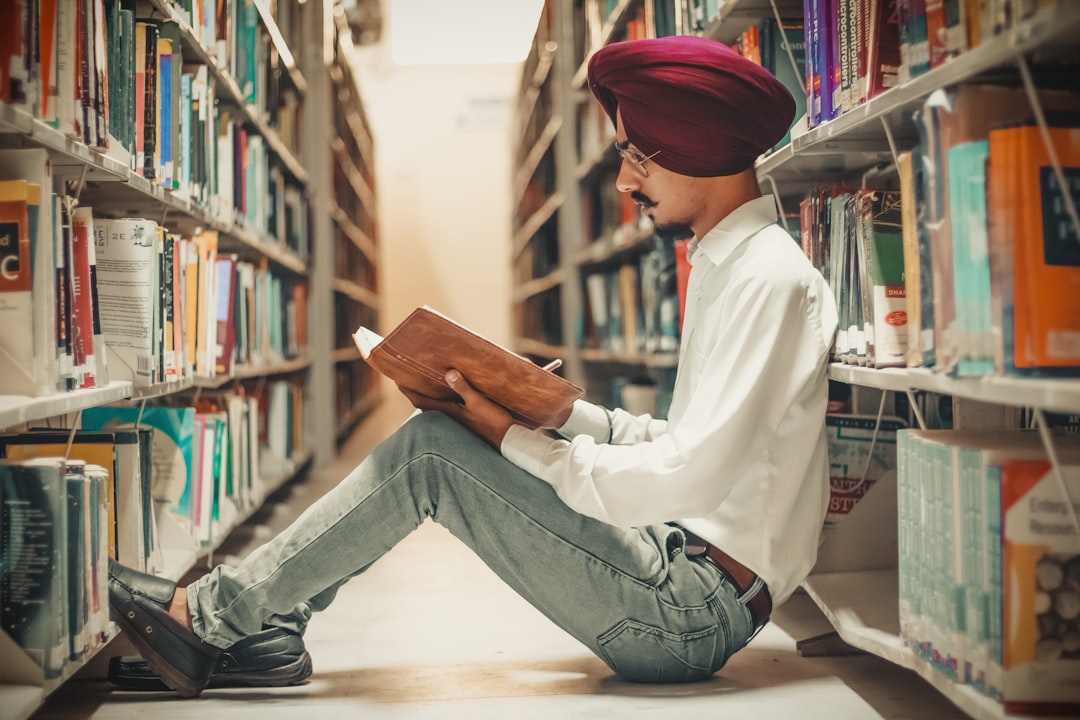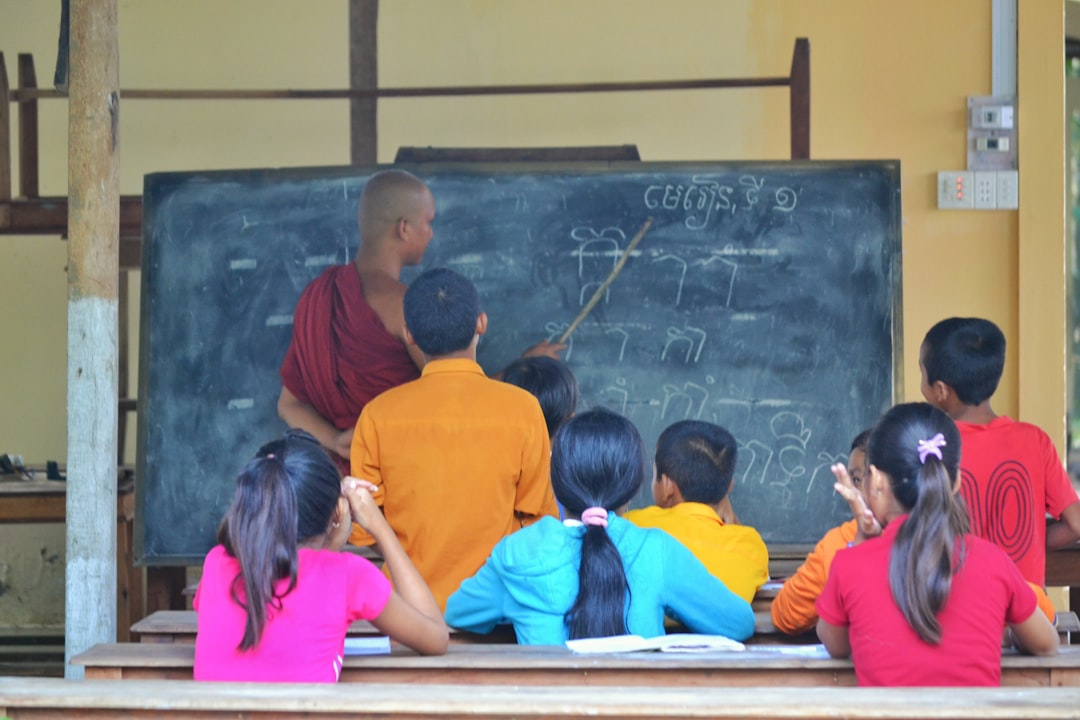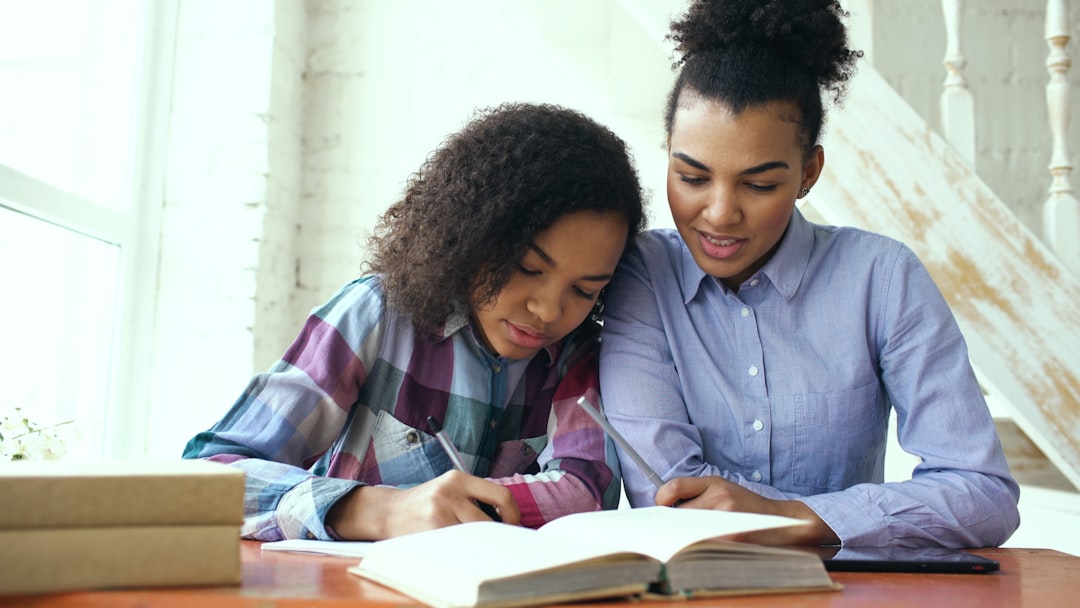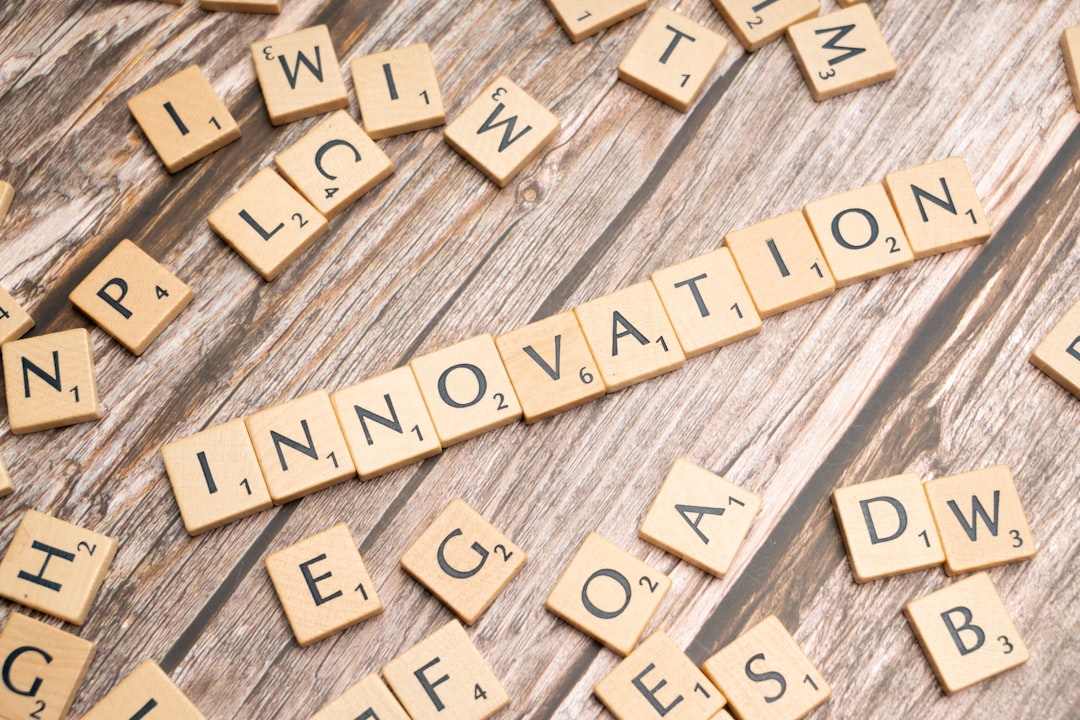How Modern Trends Are Changing US Education

Introduction
The landscape of education in the United States is undergoing significant transformation, driven by modern teaching trends that aim to enhance student engagement, improve learning outcomes, and better prepare students for the future. These trends are not just about integrating technology but also about adopting new pedagogical approaches that cater to diverse learning needs. This article delves into the key trends reshaping US classrooms, the frameworks supporting these changes, and why they matter.
Key Points
- Personalized Learning: Tailoring education to meet the individual needs of students, often through technology, to improve engagement and outcomes.
- Blended Learning: Combining traditional face-to-face instruction with online learning to provide a more flexible and personalized educational experience.
- Project-Based Learning (PBL): Encouraging students to learn by actively engaging in real-world and personally meaningful projects.
- Social-Emotional Learning (SEL): Integrating emotional intelligence into the curriculum to help students manage emotions and build positive relationships.
- Gamification: Using game design elements in non-game contexts to motivate and enhance student learning.
- STEM and STEAM Education: Emphasizing science, technology, engineering, (arts), and mathematics to prepare students for future careers.
Framework
The transformation of US classrooms is supported by several educational frameworks that guide the implementation of these trends: - Universal Design for Learning (UDL): A framework that aims to optimize teaching to accommodate all learners by offering multiple means of engagement, representation, and action/expression. - SAMR Model: A model that categorizes four different levels of integrating technology into teaching: Substitution, Augmentation, Modification, and Redefinition. - TPACK Framework: Focuses on the integration of technology, pedagogy, and content knowledge to enhance the educational experience. - 21st Century Skills Framework: Emphasizes critical thinking, communication, collaboration, and creativity as essential skills for students to succeed in the modern world.
Checklist
- Assess student needs to tailor personalized learning plans.
- Integrate technology effectively using the SAMR model.
- Design project-based learning activities that are relevant and engaging.
- Incorporate social-emotional learning into daily lessons.
- Use gamification strategies to increase student motivation.
- Develop STEM/STEAM curricula that are hands-on and inquiry-based.
- Apply the UDL framework to ensure accessibility for all students.
- Foster a classroom environment that encourages collaboration and communication.
- Continuously evaluate and adapt teaching methods based on student feedback.
- Provide professional development for teachers on modern teaching trends.
US Examples & Data
- Personalized Learning: Schools like Summit Public Schools in California have successfully implemented personalized learning plans, resulting in improved student performance and engagement.
- Blended Learning: The Clayton Christensen Institute reports that blended learning models are being adopted in over 70% of US school districts, offering students more flexibility and control over their learning.
- Project-Based Learning: High Tech High in San Diego is a notable example of a school that has fully embraced PBL, leading to high levels of student engagement and achievement.
- Social-Emotional Learning: According to CASEL, schools that implement SEL programs see an average increase of 11 percentile points in academic performance.
- STEM Education: The National Science Foundation highlights that STEM jobs are projected to grow by 8.8% from 2019 to 2029, underscoring the importance of STEM education in schools.
Why It Matters
Modern teaching trends are crucial for preparing students to thrive in a rapidly changing world. By adopting these innovative approaches, educators can better meet the diverse needs of students, foster critical skills necessary for future success, and close achievement gaps. These trends also align with the demands of the modern workforce, ensuring that students are equipped with the skills needed to navigate and succeed in a technology-driven economy.
Sources
- Summit Public Schools
- Clayton Christensen Institute - Blended Learning
- High Tech High
- CASEL - Social-Emotional Learning
- National Science Foundation - STEM Jobs
Related Topics
- The Role of Technology in Education
- The Impact of COVID-19 on Teaching Methods
- Future Trends in Educational Technology
- The Importance of Teacher Training in Modern Education
- Equity and Access in Education
Up Next





